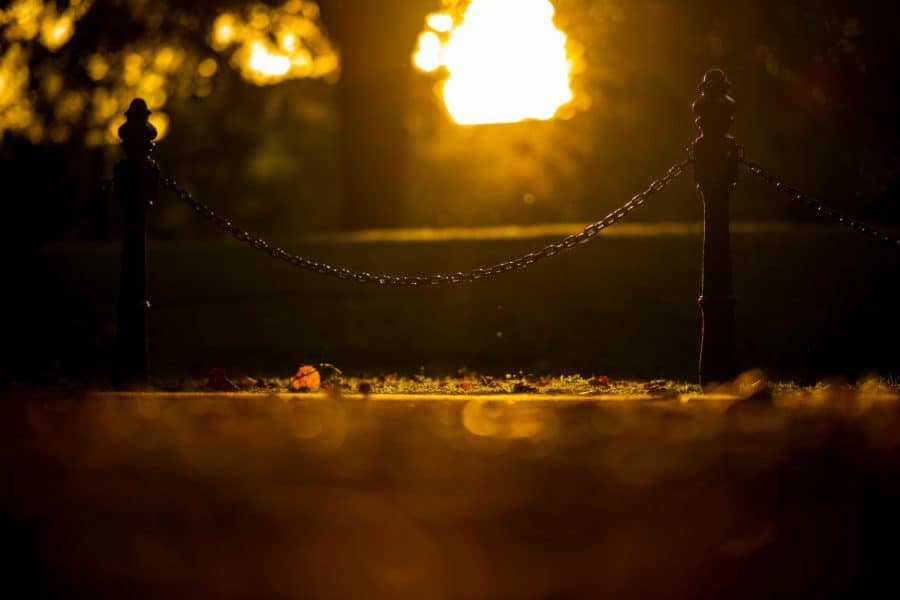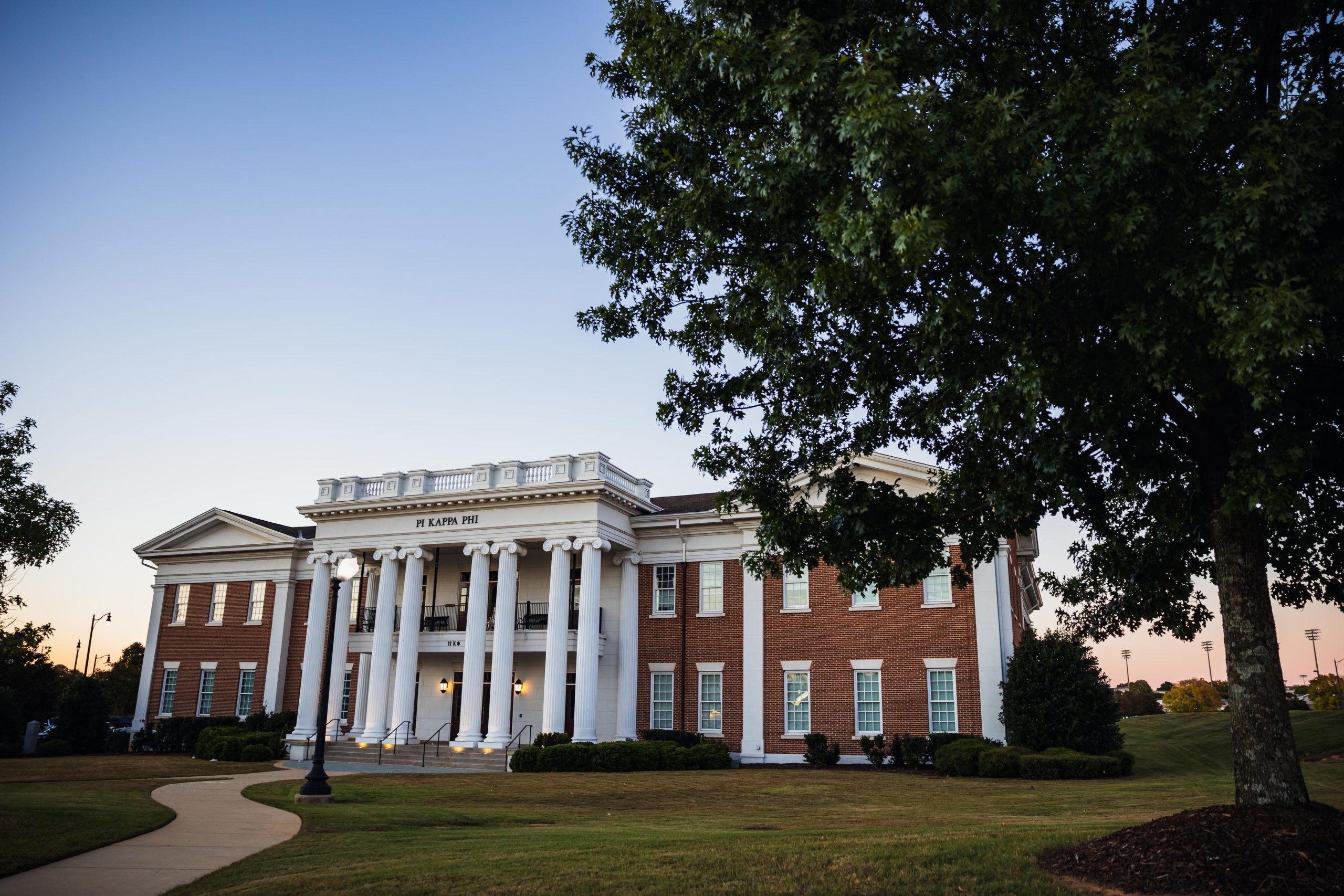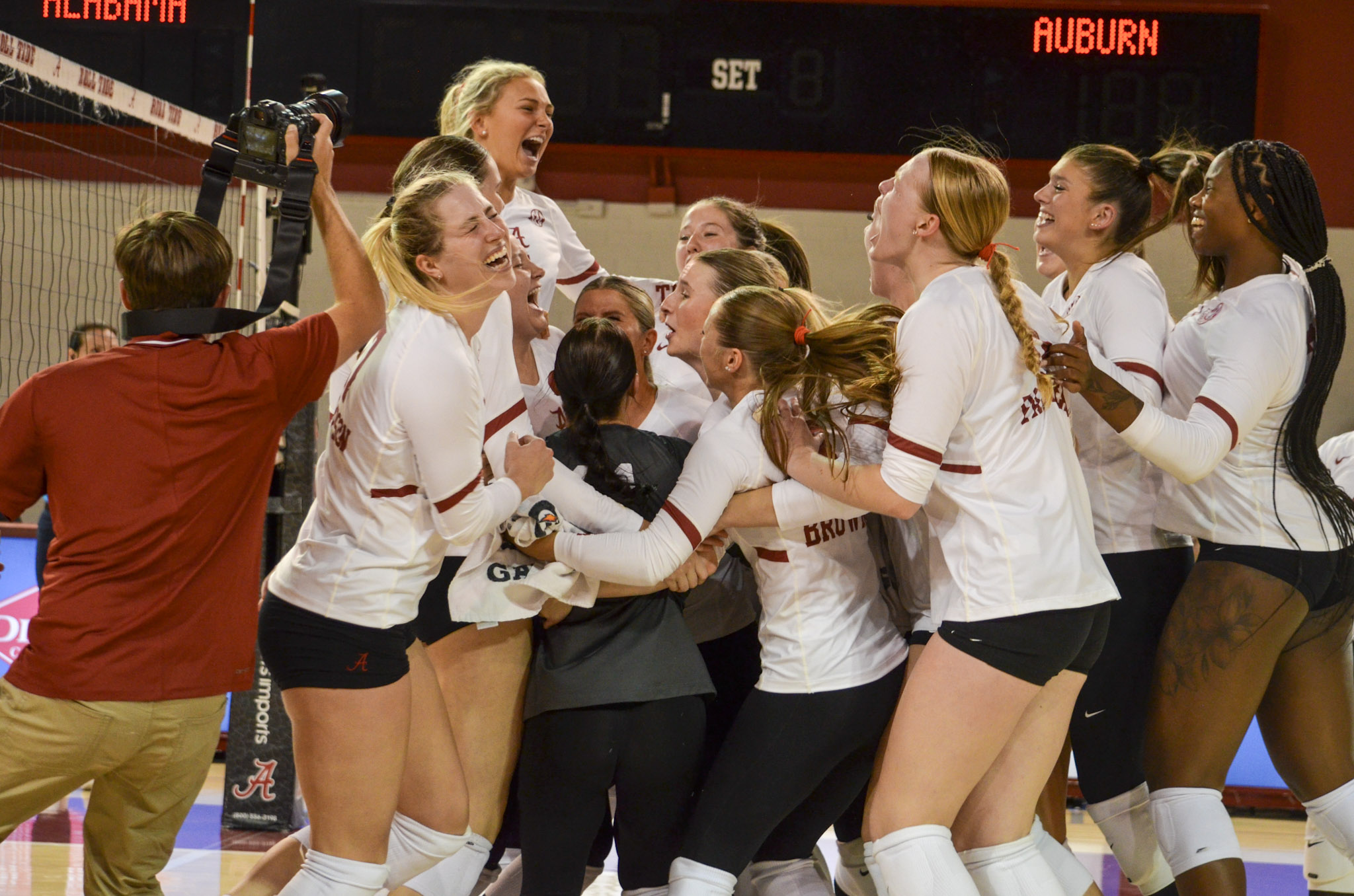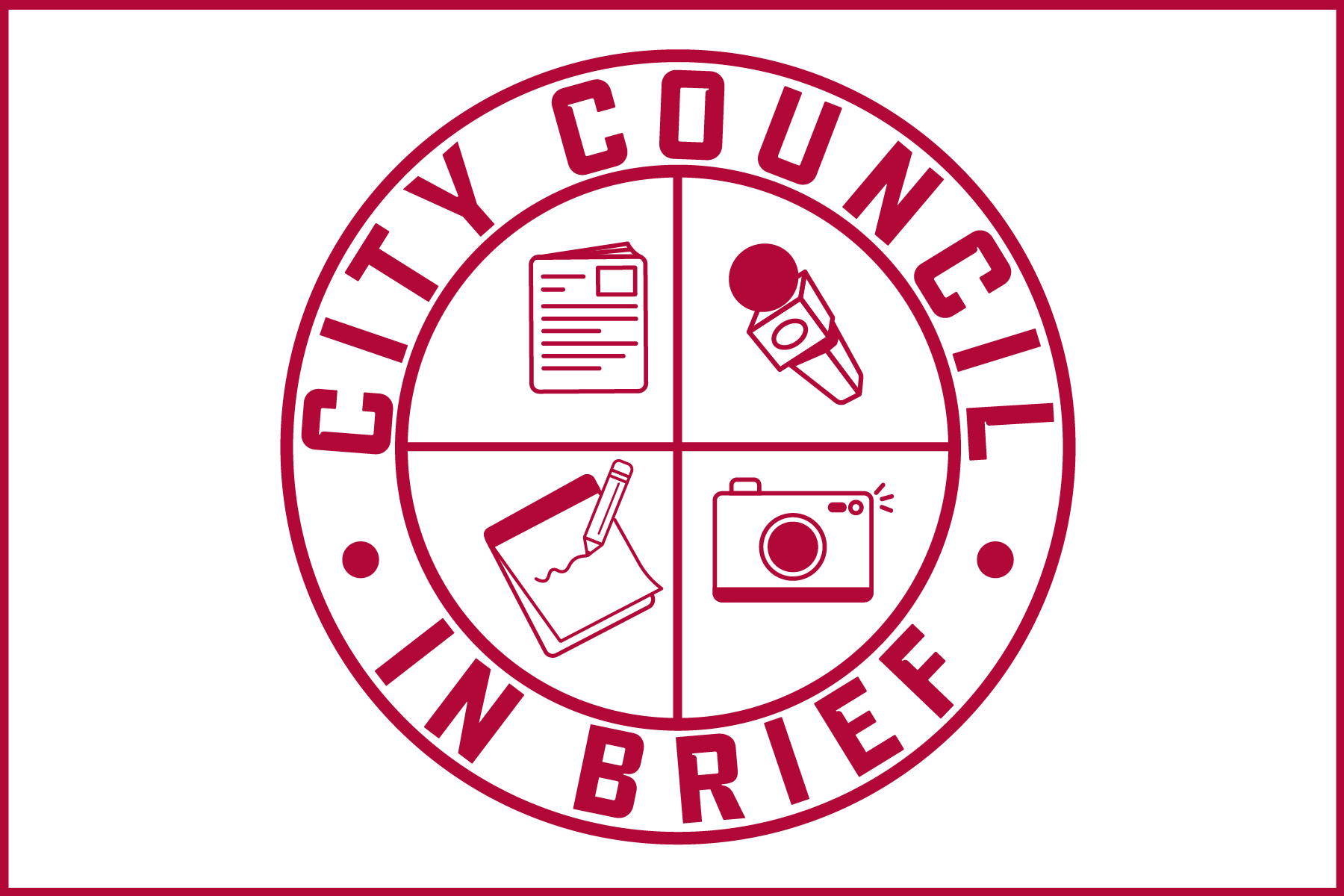“Hallowed Grounds” tour highlights UA’s history of slavery and racism
October 20, 2022
Among buildings named after Ku Klux Klan members and sorority racism scandals, The University of Alabama is often under a microscope when it comes to racial issues. That does not account for the intense and storied history of slavery and racism that helped shape the campus into what it is today.
“It’s a great school with a lot of opportunity for people, we obviously have an amazing football team; all those things are great, but I think it’s also important to know the history of the campus, because if we forget history we’re bound to repeat,” said Dequiala Kelly, a graduate candidate studying health education and president of the Black Faculty and Staff Association Ambassadors.
To help tell that history, the Hallowed Grounds project was started by Hilary Green, a history professor in the Department of Gender and Race Studies, in 2016.
Erin Stoneking, an assistant professor of gender and race studies at The University of Alabama, said Green realized that tours on campus left out much of the University’s history.
Featuring approximately 20 different locations around campus, the Hallowed Grounds tour aims to “shed light onto the lives, experiences, and legacy of the many unsung men, women, and children who lived, worked, and even died at the University of Alabama,” according to the interactive browser version of the tour.
“I think it’s important because these were real people, and they were enslaved, and their labor really made the University run early in its history,” Stoneking said.
The tour is relevant to student life on campus. For example, the Tapping On The Mound, a tradition for honors societies at the University, was built on a former dormitory.
“That mound is built on a stoop of a former student dormitory. And on that stoop, enslaved people slept because they weren’t allowed to sleep inside. So even that space is sort of marked with the afterlife of slavery,” Stoneking said.
Without tours like Hallowed Grounds, the campus’ complex history and stories can fall by the wayside.
“I think we’re very fast paced, especially on campus. We come, we learn what we need to learn, we leave and we don’t realize what any of the stuff means until we’re gone,” said Andrea Early, a staff therapist at the Women and Gender Resource Center and secretary for the BFSA.
Kelly said she believes the tour provides an important glimpse into campus history that exists right under students’ noses.
“What I want people to understand is the history of the University and how African Americans played a role in the building of UA, just by where everything came from and that there is still history here on campus that not a lot of people know about,” Kelly said.
Jada Burroughs, a sophomore majoring in finance and BFSA Ambassador, said much of the University’s history is passed by students every day, and they don’t even know it.
“We need to remember and honor those enslaved people who did work and build and made Alabama what it is, just to give those people their props, because they’re so often forgotten and they’re really like unsung heroes to the University,” Burroughs said.
As for a personal goal, Kelly wants the University to officially recognize the slave quarters located outside of the president’s mansion.
“I think the main thing I really want people to know and what I’m trying to advocate for is for the University to clear out the slave quarters and put a plaque there,” Kelly said.
Kelly said students typically don’t know about the history of the slave quarters and the president’s mansion, to the point where many take graduation photos in front of the building with the slave quarters in the background.
The Hallowed Grounds tour starts at the Gorgas House nearby the English Building on the northeast end of the Quad, and the tour ends outside of the Math and Science Building, where two enslaved persons are buried.
“That’s where we end the tour at and it’s definitely a very shocking ending. People are always telling us like, ‘Wow, I had classes in here and had no idea there was a cemetery right on the side of the building,’ so that’s where the tour ends,” Burroughs said.
Other locations included in the tour consist of Smith Hall, where impact points from bullets shot at Autherine Lucy Foster can be found; Foster Auditorium, at which the famous “Stand In the Schoolhouse Door” occurred; and the Mound, the old site of Franklin Hall.
Despite the current shortened form of the University’s freshman orientation, G. Christine Taylor, the vice president and associate provost of Diversity, Equity and Inclusion, hopes to one day see further diversity talks during the beginning of a student’s college career.
“I’m hopeful that over the next three or four years that we’ll find some way to expand the conversations about diversity, equity, inclusion and belongingness for longer periods of time during Bama Bound,” Taylor said. “Most folks come from places where it’s homogeneous, and this might be your first time talking to somebody who’s different, thinking about things you’ve not thought about before, and you can’t do that in 30 minutes. You don’t even take a test in 30 minutes.”
Early said she wished the Hallowed Grounds tour had more support from the University.
“When we take our Capstone Men and Women tours, we’re talking about history there. So, acknowledging all parts of our history is really important to understand how far we’ve come, but also to acknowledge the people who have come before us who have led the way for people of color to be here and to be successful here,” Early said.
Stoneking said that the tour is a way to pay tribute and continue conversations around the people at the University who made the campus run in its early day.
“I think one of the broader goals of the sort of mission of the tour is not just to pay homage to and memorialize the lives of people who contributed to the development of the University, but it’s also about continuing to have important conversations on campus,” Stoneking said. “And so, the tours are really about opening up a dialogue, where we talk about, ‘Hey, what does it mean to remember these things? How do we remember these things? How should we address, for example, the naming of buildings or adding historical markers or how do we talk about the actual work that goes into marking the histories that are already here, or removing them altogether?’”
The Hallowed Grounds tour is offered year-round, but it is particularly pushed during February due to Black History Month. Those wishing to experience the Hallowed Grounds tour can RSVP on the BFSA website. Attendees register 10 days in advance and should expect to spend an hour on the tour. Despite Hilary Green departing the University in 2022, the tour program is still being altered and revised.










